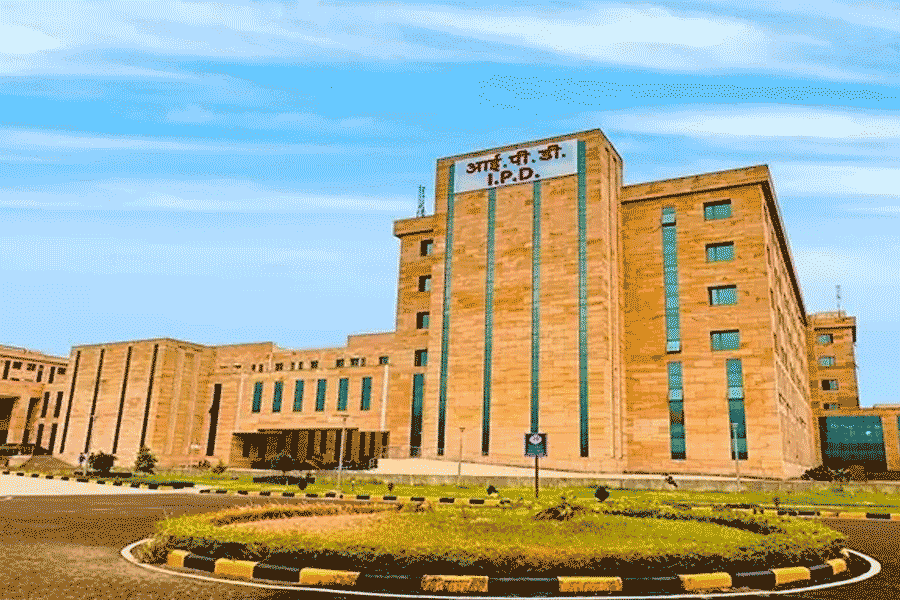 |
| C2 eri silkworm. Telegraph picture |
Jorhat, Aug. 10: The Central Muga Eri Research and Training Institute, functioning under the Central Silk Board at Lahdoigarh, has developed C2, a new breed of eri silkworm which is better and more productive than the ones hitherto bred.
Based on the good performance in test centres as well as on the farmers’ level, the breed has been approved by the Hybrid Authorisation Committee of Central Silk Board in July.
The director of the institute, K. Giridhar, told The Telegraph that field trials had been extensively conducted all over the state and that the feedback from the farmers and state governments were positive.
Eri silk possesses unique qualities such as excellent thermal properties, scope for product development and diversification through dyeing and blending with cotton and wool. Eri has been branded ahimsa silk as the pupae are not killed while extracting it. “Considering these facts, the institute initiated the project to develop improved eri silkworm breed with higher shell weight and fecundity through hybridisation between different promising eco-races of eri silkworm,” Giridhar said.
There are 26 eco-races of eri silkworm like Borduar, Titabar, Khanapara, Kokrajhar, Diphu, Genung and Nongpoh. The new eri breed named C2, had been developed by the hybridisation of two potential parents Genung and Borduar at the Regional Eri Research Station, Mendipathar, by B.B. Singha, scientist, he said.
Siddique Ali Ahmed, a scientist at the institute, who was involved in the race authorisation trial of the breed, said the emphasis for the selection was given for the economic characters namely, fecundity and shell weight.
“The average cocoon shell yield of C2 recorded 12-15kg per 100 disease free layings (seeds) as compared to 6-8kg in the case of the local eco-races. The single shell weight is 0.54gm against 0.38gm of local eco-races. The fecundity is also much higher and is more than 350 as against about 300 in local races. Besides improvement in the shell weight of C2 breed by 42 per cent, the significant improvement was recorded in other post cocoon parameters such as boil off loss, spun silk recovery, tenacity and elongation of yarn,” he said. The new breed was tested in state government farms like Borduar, Sapekhaity, Kokrajhar, Deomornoi and Jamuguri in Assam, Dhanubhanga and Nongpoh in Meghalaya besides Central Silk Board test centres like Boko, Titabar and Hosur (Tamil Nadu). More than 10,000 disease-free layings of the breed were distributed to about 1,000 farmers of Tinsukia, Sivasagar, Jorhat, Golaghat, Sonitpur, Kokrajhar and Kamrup districts.
More than 90 per cent of the country’s eri silk is produced in the northeastern region but eri culture is not an organised commercial activity like mulberry silk.
The annual production of eri raw silk has significantly increased to 4,236 tonnes in 2013-14 from 974 tonnes in 1999-2000 providing livelihood security to 1.83 lakh farm families.
The new breed will be of great help for the eri farmers in improving the eri raw silk productivity besides additional income and employment generation.
Malati Narzary from Sonitpur district and Pratima Moran from Makum in Tinsukia district — both eri breeders — said the cocoons were huge compared to the ones that they had bred earlier and would like to continue with this variety when made available again by the institute.











